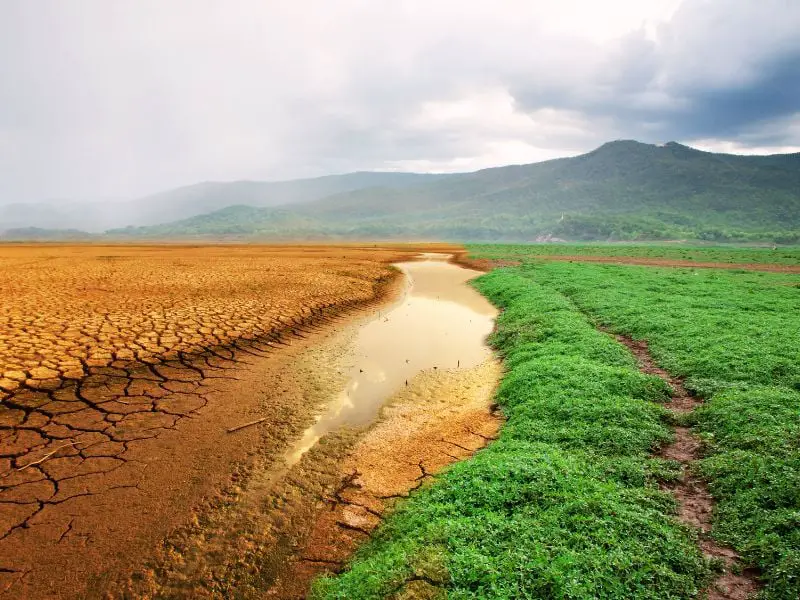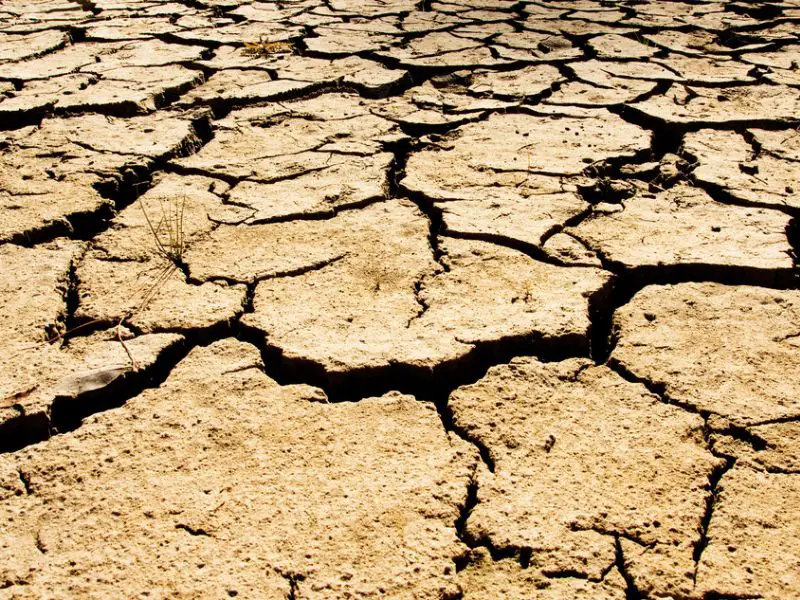With temperatures soaring above 100 degrees Fahrenheit across the European continent, the heatwave has been dubbed a “harbinger of the future.” This heatwave has reached temperatures not seen since the Renaissance and shows no signs of letting up. Temperatures are expected to remain high through the end of the week, with heat indexes reaching as high as 115 degrees Fahrenheit in some places. In this article, we’ll look over what’s happening with a heatwave in Europe and how to cope with the ever-changing weather.
Temperatures Are 10 Degrees Above
Temperatures are more than 10 degrees above normal in France and Spain. France will hit its warmest and driest month in 2023. Spain also topped its 40 degrees Celsius heat in parts of the country for days, while the Toledo province is experiencing high heat as well. In Switzerland, the average temperature adds up to 6 degrees!

Heat & Saharan Dust
Portugal experienced its hottest year since 1931, while Spaniards are grappling with a Saharan dust storm, worsening health and environmental concerns. The heat wave struck Portugal on May 1st, with conditions worsening in early May as the heatwave persisted into the sixth month.
Threatening Drought
Drought warnings are an additional source of worry across parts of Western Europe, as there’s minimal rainfall in Europe all over the year.
Large regions from southeastern Central Europe to the northwestern Black Sea are also experiencing drought, according to the World Meteorological Organization. In the United States, much of the West faces its second or third consecutive year of drought, with fears of growing water stress.
Heatwaves Precedent a Grim Look in Europe
Land temperatures in Europe are expected to rise by at least 1.2 to 3.4 degrees Celsius., This year, heat waves and wildfires burning in Europe will become more common and spread over a larger area.
Future heat waves can bring temperatures as high as 50 degrees Celsius, especially in the Mediterranean, where the effect of hot air from Africa is heaviest.

But not every region of Europe will suffer immensely due to the rising temperatures. The consequences of excessive heat, water shortages, drought, forest fires, and agricultural losses demonstrate a distinct north-south gap in the cost of climate change, with southern parts of Europe being much more affected.
The twin impact of drought and heat waves will reduce agricultural yields in Southern Europe by up to 50 percent by 2050. They may push farmers to leave agriculture altogether, even as yields in areas of Northern Europe grow.
What Can You Do During a Heatwave in Europe?
For the time being, with even more severe temperatures on the way, Europe—and much of the rest of the world—needs to prepare to decrease the dangers to people, crops, and ecosystems.
As long as global warming continues, heat waves will intensify. We’re entering a phase when we’re seeing tremendous heat waves, and society isn’t equipped for it.
Impact of Extreme Heat
A heatwave can affect even the young and healthy. However, some individuals are more vulnerable than others.
People who are at risk the most
- are over 65 years old, especially the ones living alone
- Have a condition such as heart disease, diabetes, and mental illness.
- are taking medicines that affect how the body reacts to heat as side effects
- addiction to alcohol or drugs
- live with limited mobility
- are pregnant women and breastfeeding mothers
- babies and young children
- are overweight and obese
- are foreigners who came from cold climates

How to cope with a heatwave
- Drink plenty of water and avoid alcohol and caffeine, as these dehydrate you more than usual.
- Also, stay indoors during the sun’s peak hours between noon and two in the afternoon as the sun’s rays become intense.
- Use air conditioning and stay calm as much as you can. Take extra care of your pets and keep them hydrated too!
- Avoid taking long walks during the hottest hours of the day and if possible, avoid traveling by car during the hot summer months!
- Stay indoors as much as possible during the daytime, as the sun’s intense heat can easily make a person fall sick.
- Protect your skin by wearing light-colored cotton clothes, and avoid going out into the sun for long periods or staying in the shade as much as possible!
- Cancel or postpone any planned activities. If you have no choice but to go out in the sun, bring a lot of water and remain in the shade.
- Consume smaller meals more often and cold meals such as salads.
- Give oneself enough time to relax and avoid strenuous activities such as sports, renovations, and gardening.
- Watch, read, or listen to news stories to get additional information amid excessive temperatures and heat waves.
It’s essential to stay informed at all times in an emergency! During extreme weather conditions like these, local authorities may issue warnings that include advice on what measures should be taken in case a heat wave occurs, along with recommendations on how to prevent or reduce the impact of this natural disaster.
The extreme temperatures caused by climate change and the related global warming can cause physical and psychological harm and even death if proper care is not taken to avoid such consequences. Try to take precautions to protect yourself against dehydration and heatstroke during this year which is known to be the hottest one so far! So, be aware of the weather changes in your area, and make sure to have contingency plans in place! Stay safe, everyone!
Get a guide on how to cope with Texas heatwaves, a guide to coping with the scorching heat next Summer.

